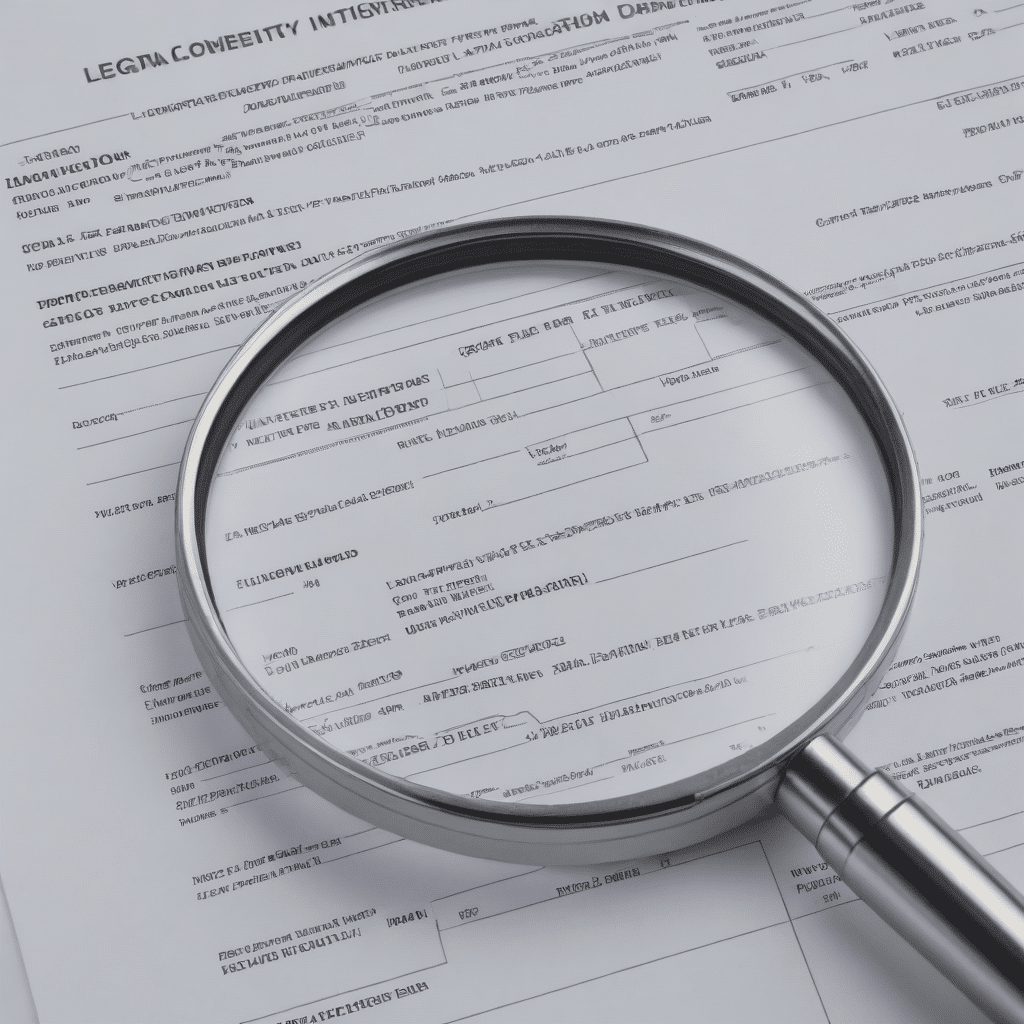Table of Contents
The business world is vast and complex, with countless companies operating across borders and industries. Whether you are an investor, a regulator, or someone looking to gain insights into a specific business entity, understanding a company’s identity and background is crucial. In today’s global economy, where transparency and accountability are paramount, the Legal Entity Identifier (LEI) database is an indispensable tool for unlocking business identity.
What Is the Legal Entity Identifier (LEI)?
Before delving into the intricacies of the LEI register, it’s essential to grasp the concept of the Legal Entity Identifier itself. An LEI is a unique alphanumeric code assigned to legal entities engaged in financial transactions. These legal entities encompass various organisations, including corporations, banks, investment funds, and government entities. The LEI system was established as a global standard to provide an unambiguous identification of entities participating in financial markets.
Why Is the LEI Important?
- Enhancing Transparency: The LEI system promotes transparency in financial markets by ensuring that each entity involved in financial transactions is easily identifiable. This reduces the risk of confusion or misrepresentation and fosters trust among market participants.
- Facilitating Regulatory Oversight: Regulators worldwide use LEIs to monitor and regulate financial markets effectively. With a standardised identification system, regulators can quickly track and assess the activities of various entities.
- Supporting Risk Management: Financial institutions use LEIs to assess and manage counterparty risk. By verifying the identity of the entities they engage with, they can make more informed decisions about lending, investing, and other financial transactions.
- Streamlining Reporting: Many financial regulations and reporting requirements mandate using LEIs. Companies are often required to obtain LEIs to comply with these regulations, making the LEI a crucial component of financial reporting.
Exploring the LEI Database
Now that one has understood the significance of LEIs and explored the LEI database and how it can be used to unlock business identity.
Finding LEIs
The first step in utilising the LEI register is to locate the LEI of the company you are interested in. To do this, enter the company name into the search field. One can also narrow your search by selecting the country where the company is registered. The database will then provide you with the LEI associated with that company.
Understanding LEI Records
Each LEI record in the database contains essential information about the legal entity it represents. This information includes the entity’s legal name, ed address, LEI issuance, and entity status (active or pending). By examining these records, you can gain valuable insights into the business identity and entity background of the entity in Squeal Data.
The LEI database also offers access to historical data, allowing you to track changes in an entity’s information over time. This can be particularly useful for the investors and researchers who want to analyse a company’s evolution and history.
LEI Data Validation
The LEI database is maintained by accredited Local Operating Units (LOUs) worldwide. These LOUs are responsible for verifying and validating the information provided by legal entities during the LEI issuance process. As a result, the data in the database is reliable and accurate, making it a trusted source for business identity information.
Downloading LEI Records
The LEI database offers the option to download LEI records in bulk for those who require a more extensive dataset or wish to integrate LEI information into their systems. This feature is particularly beneficial for financial institutions and regulatory bodies that need to maintain comprehensive databases of LEIs.
Unlocking Business Identity: Practical Applications
Now that one has explored the LEI database and its features delve into some practical applications of this powerful resource for unlocking business identity.
Investor Due Diligence
Investors can use the LEI database to conduct thorough due diligence on companies they are considering for investment. Investors can make informed decisions and also mitigate risks by verifying a company’s LEI and examining its historical records.
Regulatory Compliance
Companies operating in the financial sector must comply with various regulations that require the use of LEIs. Ensuring that your company has a valid LEI and that your records are up to date is essential for regulatory compliance.
Risk Assessment
Financial institutions can leverage LEIs to assess and manage counterparty risk. By verifying the identity of the entities they interact with, they can evaluate the level of risk associated with each transaction.
Business Research
Researchers and analysts can use the LEI database to gather information about specific companies or industries. This data can be invaluable for market research, competitive analysis, and trend identification.
Supply Chain Management
Knowing the LEIs of your suppliers and partners can help streamline processes, improve transparency, and enhance risk management in supply chain management.
Conclusion
The Legal Entity Identifier (LEI) database is a valuable resource for unlocking business identity and gaining insights into the entities that participate in financial markets. Whether you are an investor, regulator, or business professional, the LEI database offers information that can enhance transparency, improve risk management, and facilitate regulatory compliance. By harnessing the power of the LEI database, you can navigate the complex business world with confidence and clarity.


